A Guide to Diamond Cuts 2021
At Maya Magal, we make our pieces by hand in small runs, designed to be as one-of-a-kind as the women who wear them. Join us as we take a look at the different types of diamond cuts, what they mean, and where they come from.
What is the ‘cut’ of a diamond?
While the ‘cut’ of a diamond is used to mean the shape, it actually refers to how well it has been polished from the raw material. Cut proportions affect a diamond’s ability to reflect light and provide brilliance. So, cut doesn’t technically mean the shape, it means the symmetry, proportioning, and polish of a diamond.
We’re taking a look at the different cuts available, and what they mean for jewellery. Below are some of the more technical terms and what we mean by them.

Key terms
Carat: Refers to the weight of the precious stone in a ring. The more carats, the heavier the diamond. One carat equals 200 milligrams. (Easily confused with ‘karat’ which refers to the purity of gold).
Diamond Cuts

Round cut diamonds are usually the most popular diamond shape, and therefore, the most expensive. Round diamonds are cut with 58 facets (flat surfaces) that all reflect light back to your eyes.
The round diamond is thought to be the ideal proportions to maximise brilliance and fire. The round diamond maximises shine because the cut naturally follows the rough diamond crystal.
The round diamond cut can be traced back to the middle of the 17th century when diamond cutters started using complex cutting methods. The early cuts were known as Mazarins, after Cardinal Mazarin, who made the first cross-cut diamond in 1650.
features a round or ‘brilliant’ rubellite on an 18ct white gold ring. Perfect for an individual with a bit of character, it makes the perfect ring for the confident woman who likes her jewellery to be a little bit over the top!
For something a little more subtle, this beautiful sparkling solid gold ring features a round white sapphire on an 18ct white gold ring ideal for a special someone looking for a timelessly elegant design.

The princess cut describes a squared diamond, often found in engagement rings. From the side the shape resembles that of an upturned pyramid, with four sides. Often known as the second most popular diamond cut after round. It is considered a feminine shape and the name was only given to this cut in the 1960s.
The princess cut is also given 58 facets, in similar places as the round cut. They are usually slightly lower in price than the round diamond. This is because less of the rough diamond is lost when shaping a princess cut than a round one. The princess cut will be slightly lower in brilliance and fire than a round and have more inclusions or imperfections. You will still find princess diamonds with a lot of sparkle though, they are still diamonds after all.

The cushion combines a square shaped diamond with rounded corners. Like the round and the princess, the cushion consists of 58 facets which all reflect light. Their facet arrangement gives it an almost, star-like sparkling effect.
Today, buyers are attracted to the antique feel combined with modern brilliance that the cushion cut offers. Though cushion cut diamonds often are less brilliant than round cuts, they generally have better fire, which is what may appeal to buyers. The most popular shape of the cushion cut is a slight rectangular shape.
Heart Cut
The heart is an unmistakable fancy cut, often chosen for its obvious symbolisation of love. Heart shaped diamonds are very popular in solitaire pendants and rings. The shape matters a lot in the heart cut. The cleft should be sharp, and the sides should be slightly rounded as they curve down the point.
Heart diamonds are at their best in larger diamonds. Carats above 0.5 will be better recognised as the heart shape, especially after the stone is set. Available, in multiple silhouettes, the heart diamond is versatile. Choosing from a narrow or fatter diamond comes down to personal preference.
Did you know? In the 15th century, heart cut diamonds were gifted by royalty as a sign of friendship. Even Mary Queen of Scots once sent a heart-shaped diamond ring to Queen Elizabeth I.

The emerald cut was made initially for emeralds, it became popular for diamonds in the 14th century. Since then, its popularity has remained high.
An emerald cut usually has 57 facets, and is an elongated shape with cut-off corners. This means that instead of the brilliance from a round diamond, you’ll see flashes of light in a hall-of-mirrors style of effect. An emerald cut may help a diamond to appear bigger, so is a great option for those on a budget still wanting to impress.
The emerald stone shape is inspired by the colourful stone itself. The beautiful green stone is a favourite of ours. If you’re as big a fan of emeralds as we are, you’ll love this gemstone collection, ideal for adding a little sparkle into a special someone’s life. Even better still, why not treat yourself?

Love the curved edges and sparkle of a round diamond? Want something more unique? An oval diamond may be the option for you. Oval diamonds can be dated back to the 1300s, but they don’t appear by name in literature until the 1800s.
The oval cut displays great brilliance and fire, and may also appear larger than another cut of the same carat. The oval diamond is a versatile cut and can look great in many different settings. How elongated or rounded your oval cut is depends on what you’re looking for.
Pear Cut
Though created in the 1400s, the pear cut diamond is still just as popular today. With a rounded end tapering into a point, the pear shape is a popular choice for earrings or rings.
The pear and the round brilliant cut have similar facet structures. This means the pear shape retains the fire and brilliance that makes a diamond sparkle.
Similarly to oval-shaped diamonds, some pear diamonds may exhibit a ‘bow-tie effect’. This is when light doesn’t bounce into the middle of the diamond and a visible bow-tie shape darkness appears in the diamond’s centre. This can be part of the pear diamond’s charm, but too dark or obvious a bow tie is often not desired.
This beautiful pear diamond ring is made with a pale grey diamond and set in a bezel setting with white gold. This solid gold ring is a one of a kind, contemporary piece, designed and made by hand by our jewellers in London.
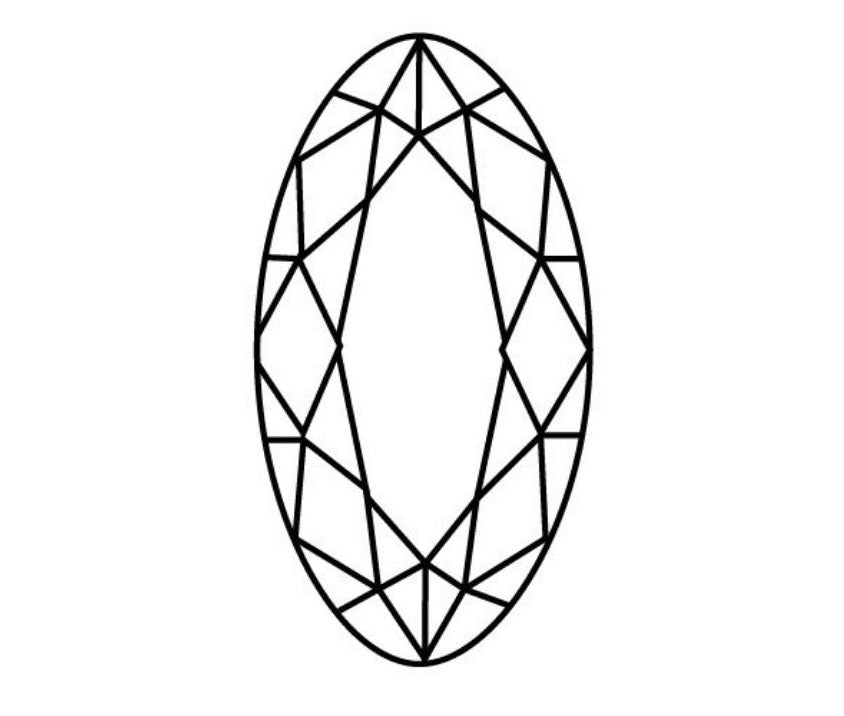
This oval shape with tapered edges dates back to 18th century France. King Louis XV is thought to have ordered royal jewellers to cut diamonds to resemble the lips of his lover, Marquise de Pompadour.
Marquise diamonds are long and narrow so they can also create the illusion of greater size. Carat for carat, the marquise diamond has one of the largest crown surface areas of any diamond shape, meaning they’re a great option if you’re working on a smaller budget.
A marquise typically has 58 facets, so still retains the sparkle and shine as a diamond should. Set either vertically or horizontally, the marquise shape is a great way to add a modern twist to a traditional engagement ring.
This beautiful marquise grey diamond ring is set with 4 classic 9ct solid gold prongs onto a yellow gold band. This elegant yet contemporary solid gold ring has been designed and handmade in our London workshop. Perfect for a contemporary engagement ring that can be treasured forever.

The radiant cut was designed by Henry Grossbard in the late 1970s and combines the emerald shape with round elements. This allows the diamond cut to display excellent brilliance and fire. The cropped corner square shape of the radiant is a nice bridge between a cushion and a princess cut, and for that reason this shape will look beautiful set with rounded or square cornered diamonds.
The radiant cut in a rectangular shape is an excellent option for those who like the emerald cut shape, but want something with a similar brilliance of a round cut. The square radiant looks very similar to a princess cut, but with cropped corners. Once set, the princess and the radiant may look the same.
The radiant cut has 70 facets, and therefore is one of the most brilliant diamond shapes available today. They’re also ideal cuts for coloured diamonds. The faceting structure creates a depth that will highlight the colour tones within any diamond.
Asscher Cut
This diamond cut was first produced by the Asscher Brothers of Holland in 1902. Since 2002, this shape has been gaining popularity, due to cut methods that give the asscher more brilliance than before.
If an asscher is cut well, it will appear to have concentric squares as you look down through the table, on top of the diamond. Elizabeth Taylor famously wore an asscher diamond that was a whopping 33.19 carats called the Krupp Diamond.
The asscher has 72 facets, drawing your eye to the centre and creates a hall of mirrors style effect. Due to the large open facets, it is often best to go up on clarity when choosing an asscher, because inclusions may be more easily seen.
Maya Magal Diamonds
Those are the most popular and most often chosen cuts of diamond or precious stone. Each cut has its advantages and different appeals. At the end of the day it’s all about personal choice. If you’re looking for a diamond piece for yourself or a loved one, pick a cut that suits above anything else.
At Maya Magal, we hand-select each gemstone from trusted suppliers. We work very closely with family run businesses, independent local craftsmen, and trustworthy suppliers who have years of experience. By doing this, we make sure that every gemstone we choose is of the highest standard, and with environmental and fair-living standards taken into account. In our workshop, we recycle any off-cuts and scraps of gold or precious metals, so nothing goes to waste!
Did you find a cut you like? Be sure to take a look at our collection of diamond rings and promise rings to see if there is anything that takes your fancy. If you don’t see something that feels right, we also offer a bespoke experience which means you can work with Maya to create the perfect diamond jewellery for you. Book your free consultation now and start exploring your diamond options!
All of our solid gold rings are available to be altered to your size. So if you’ve found what you’re looking for, but need it re-sized, please get in touch.
Read how to measure your own ring size at home to ensure the perfect fit every time.


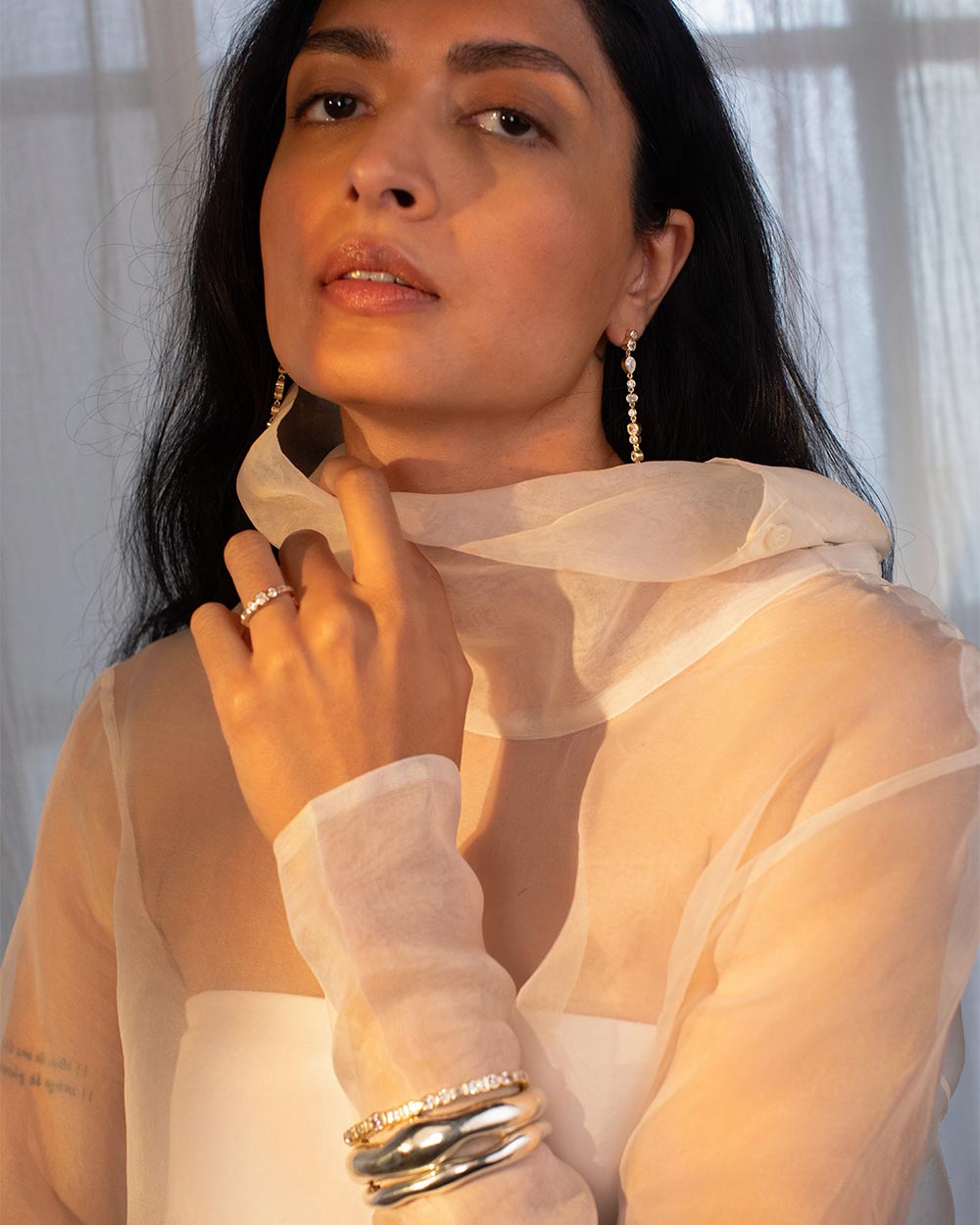
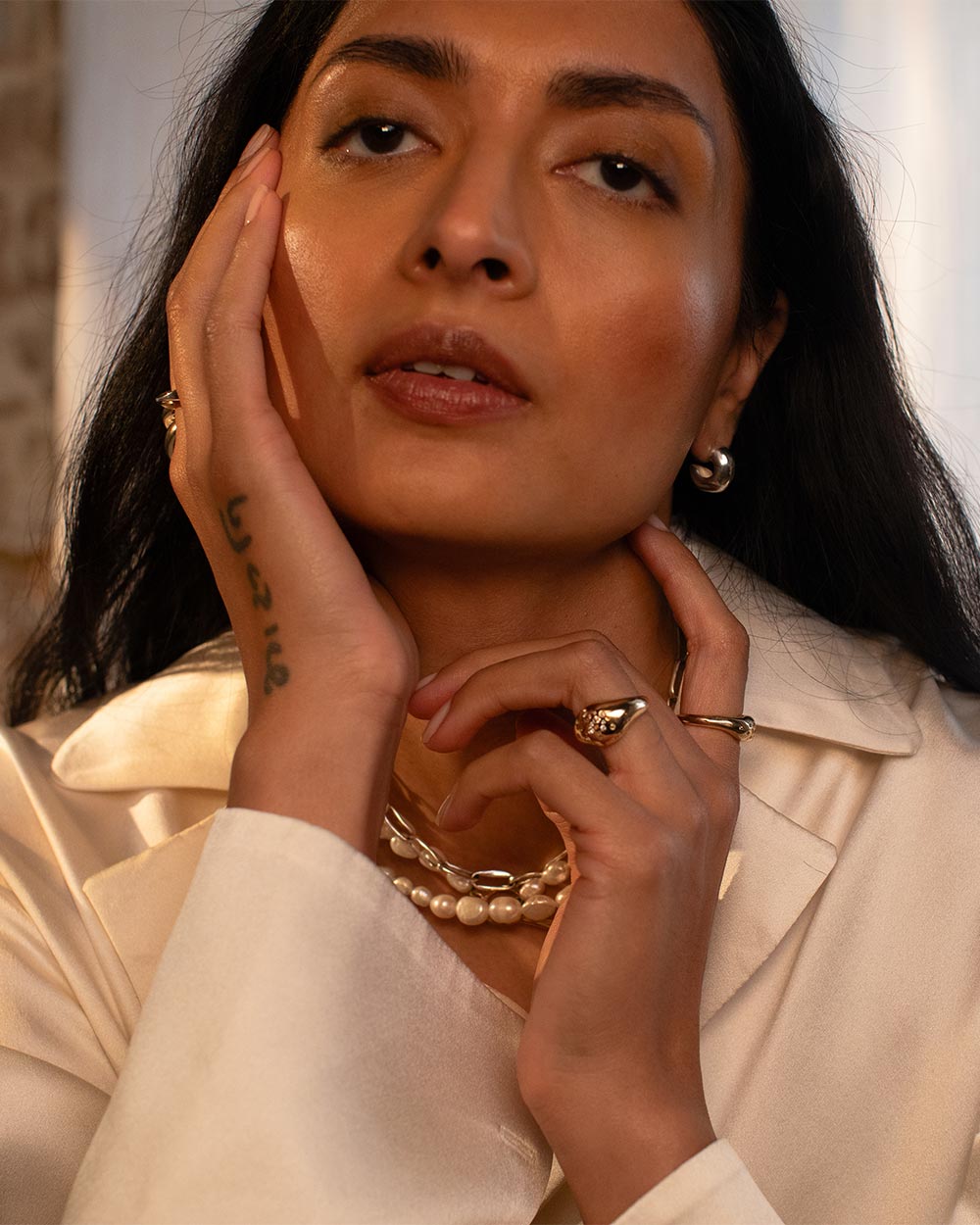
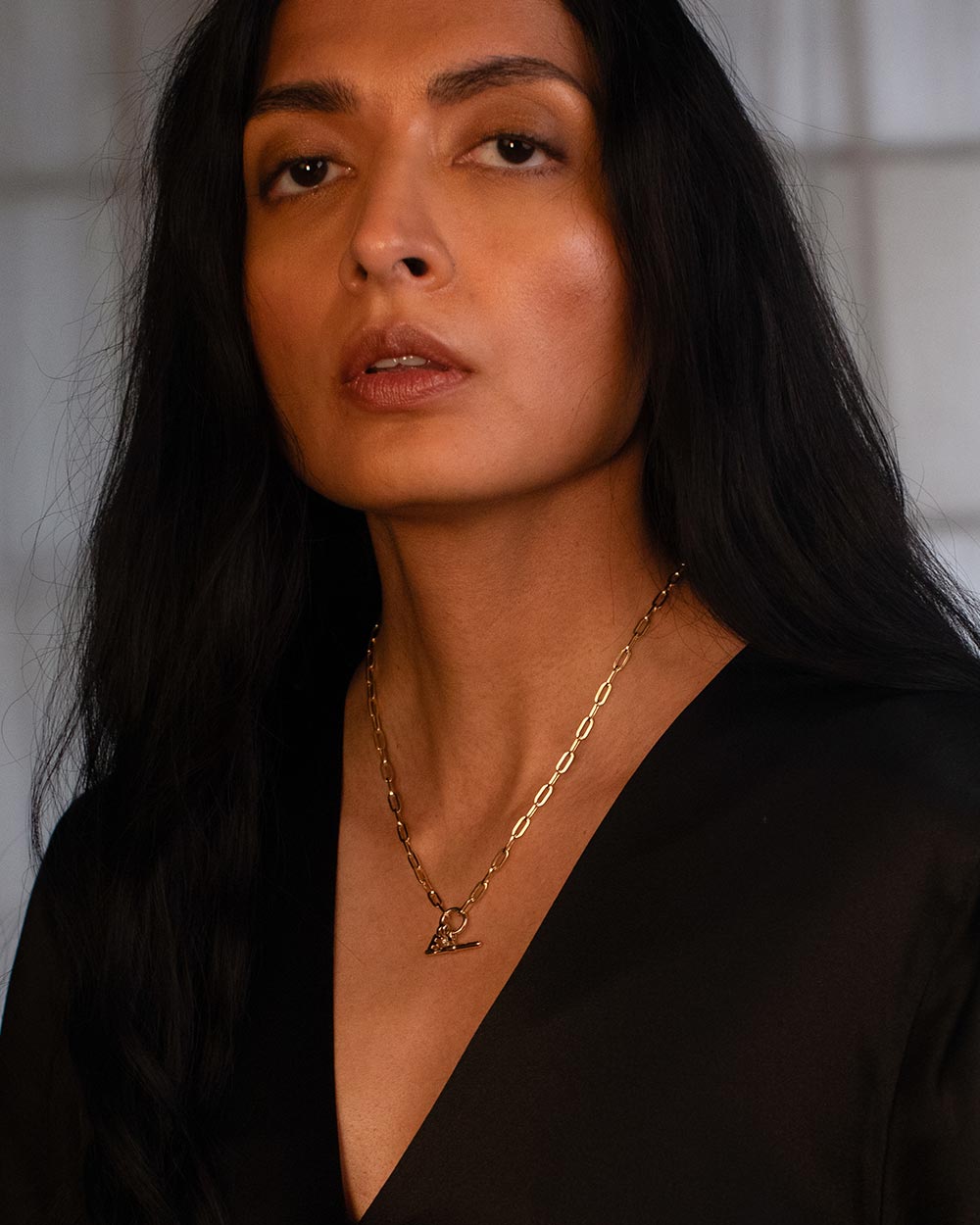


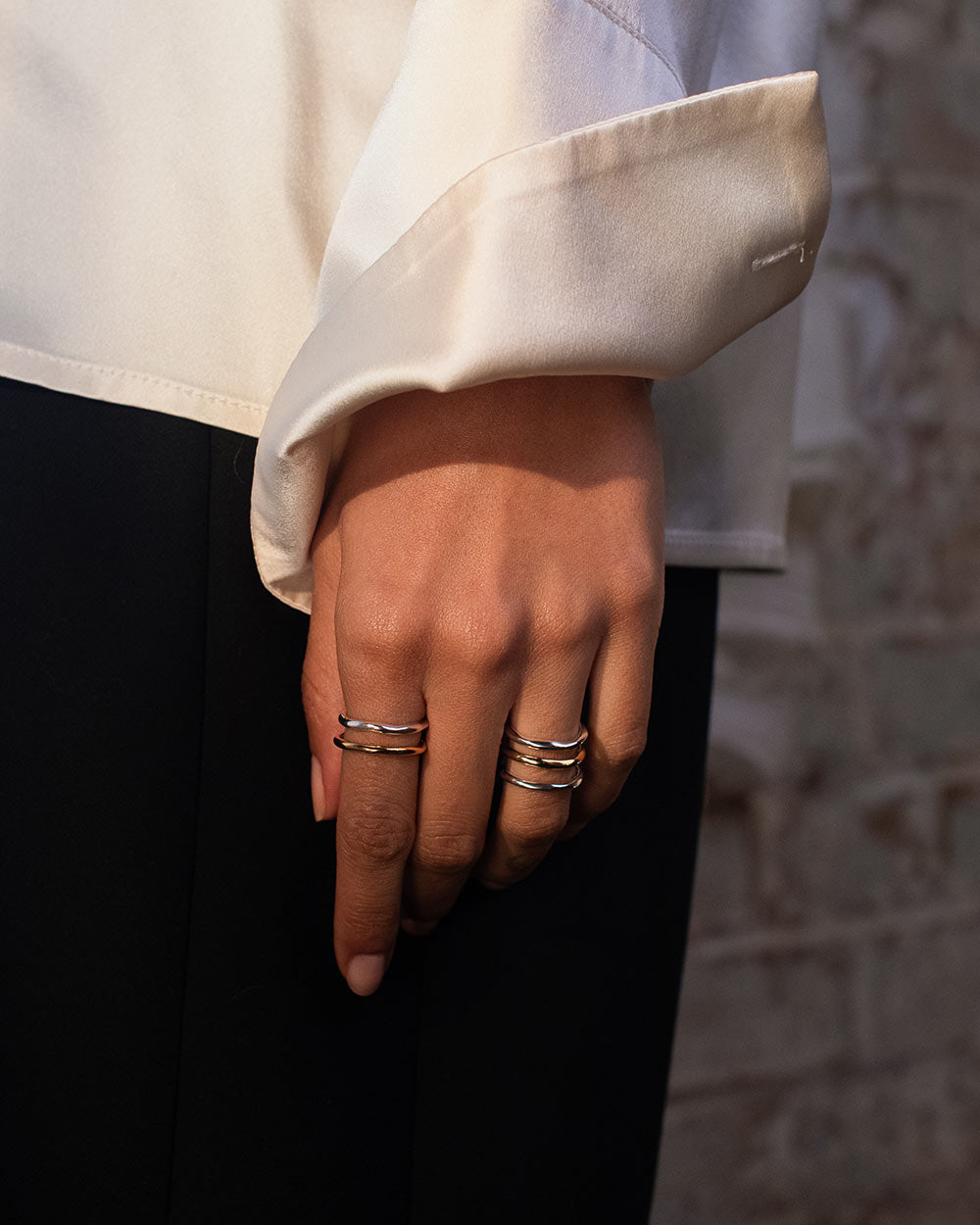

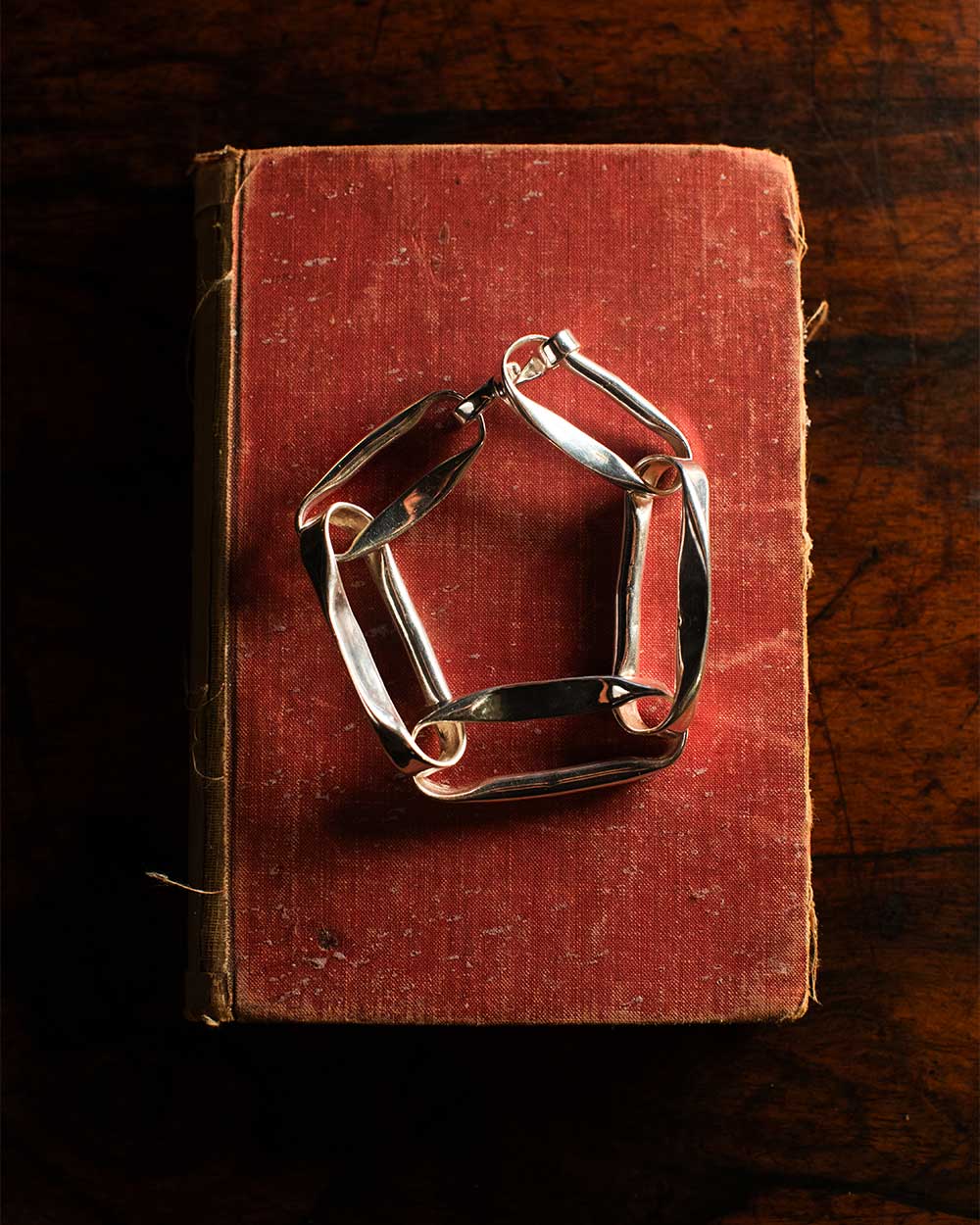
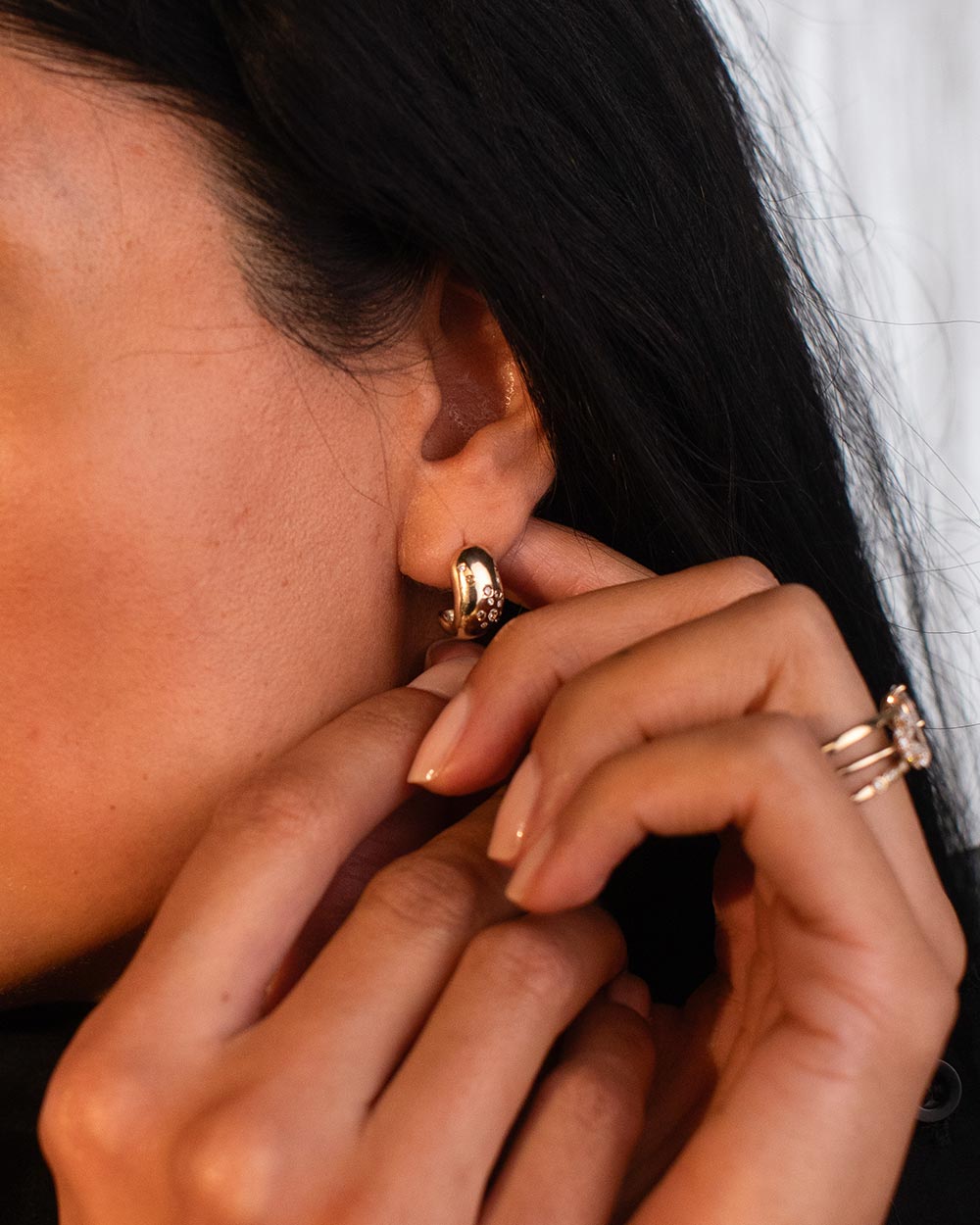
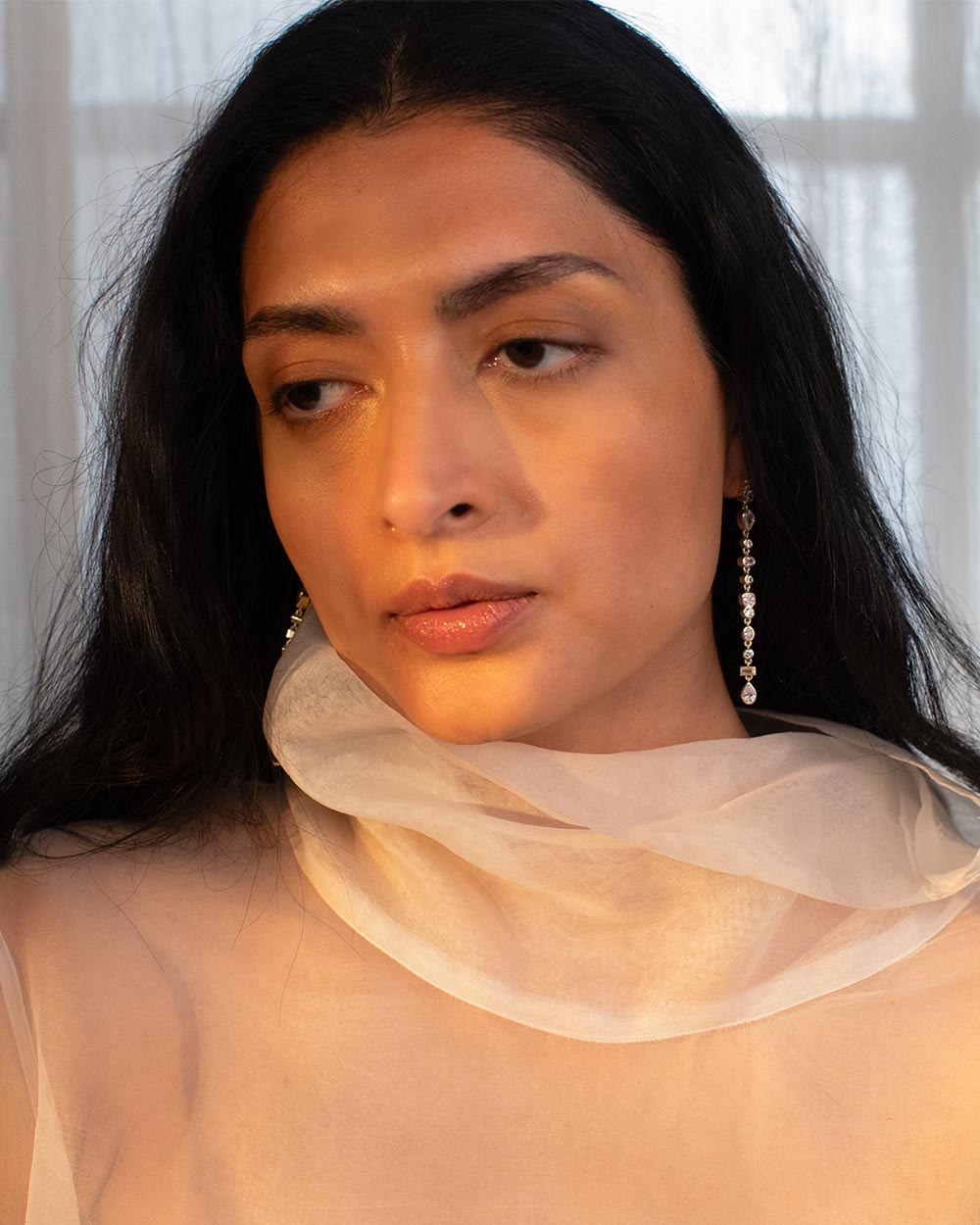
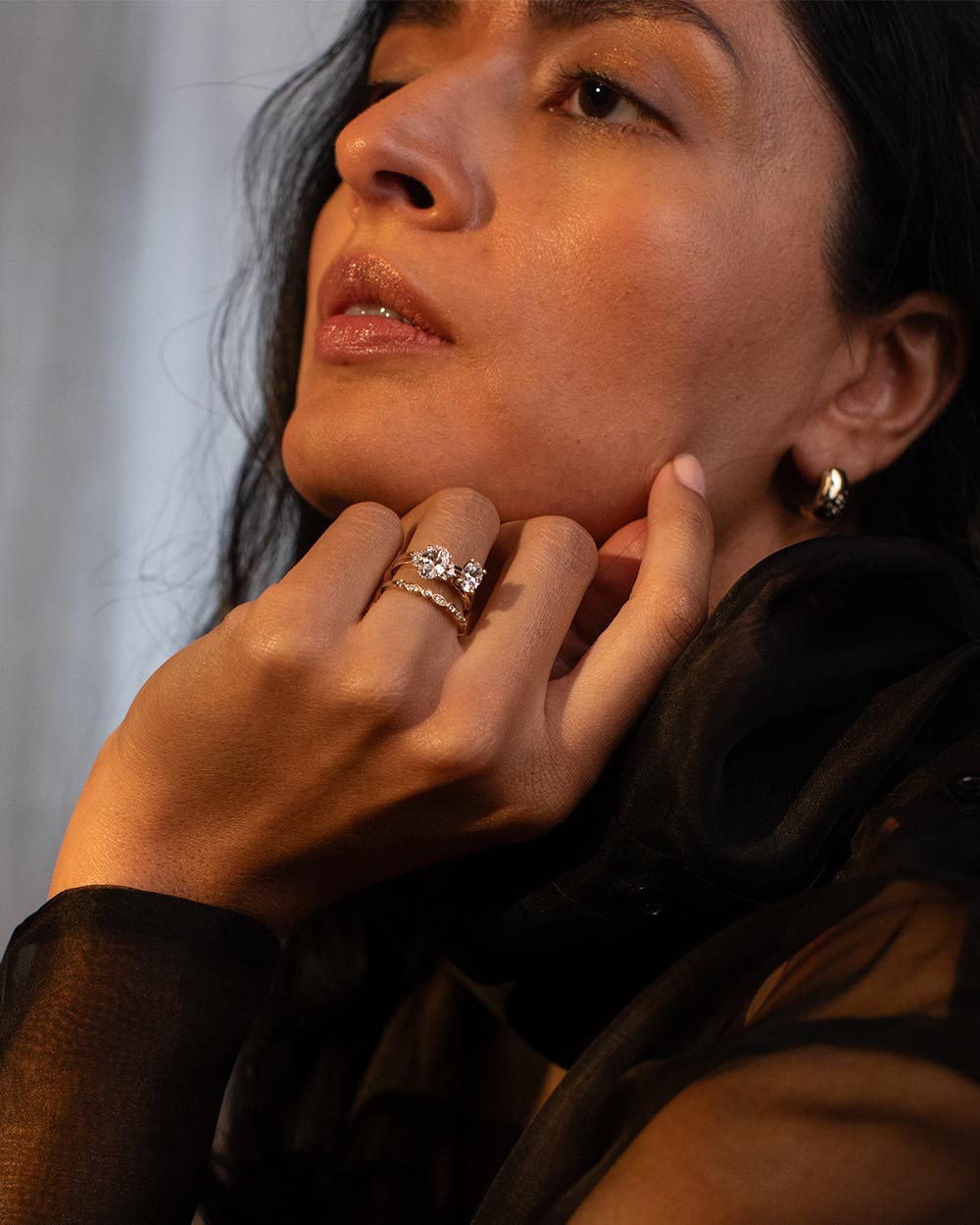
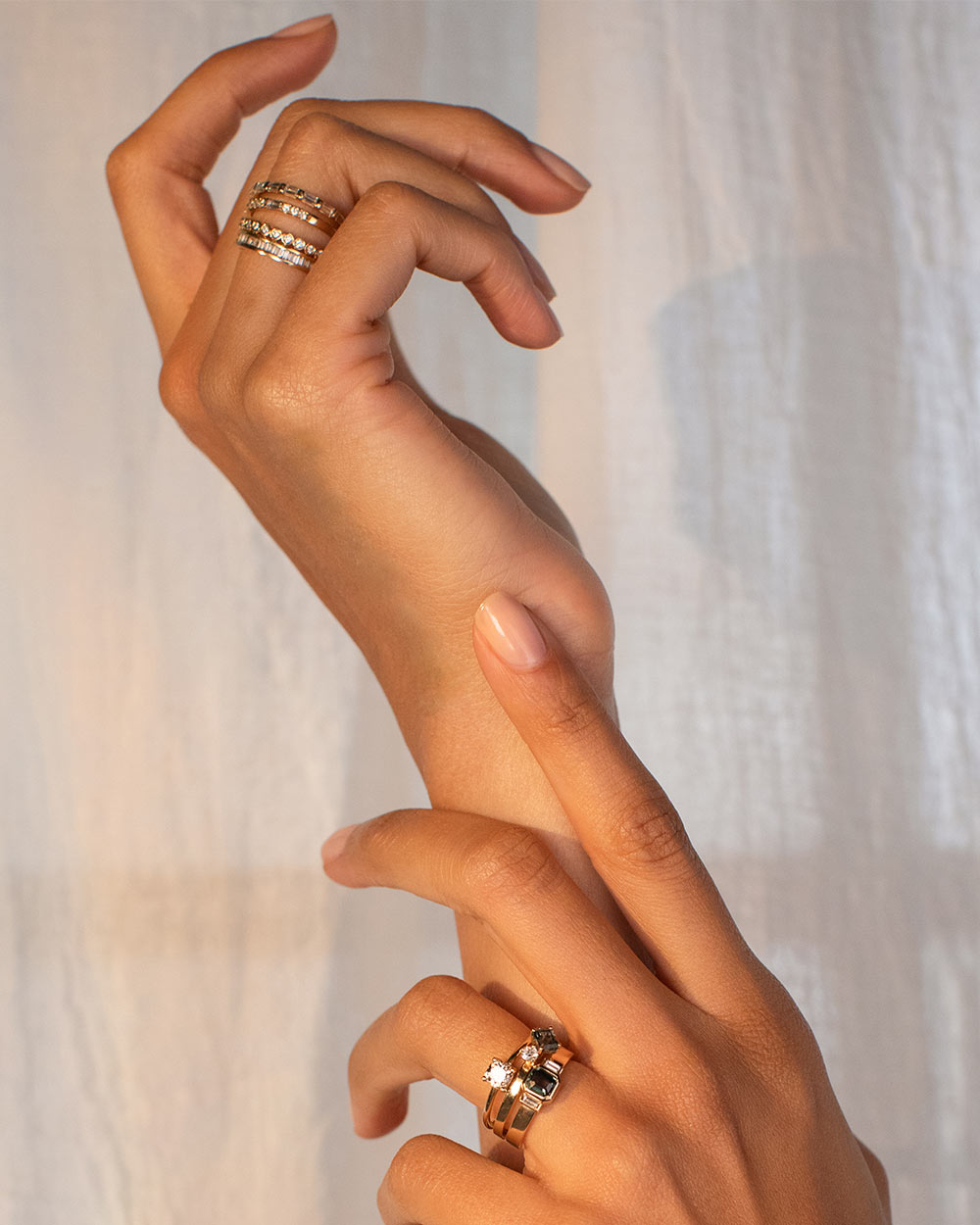
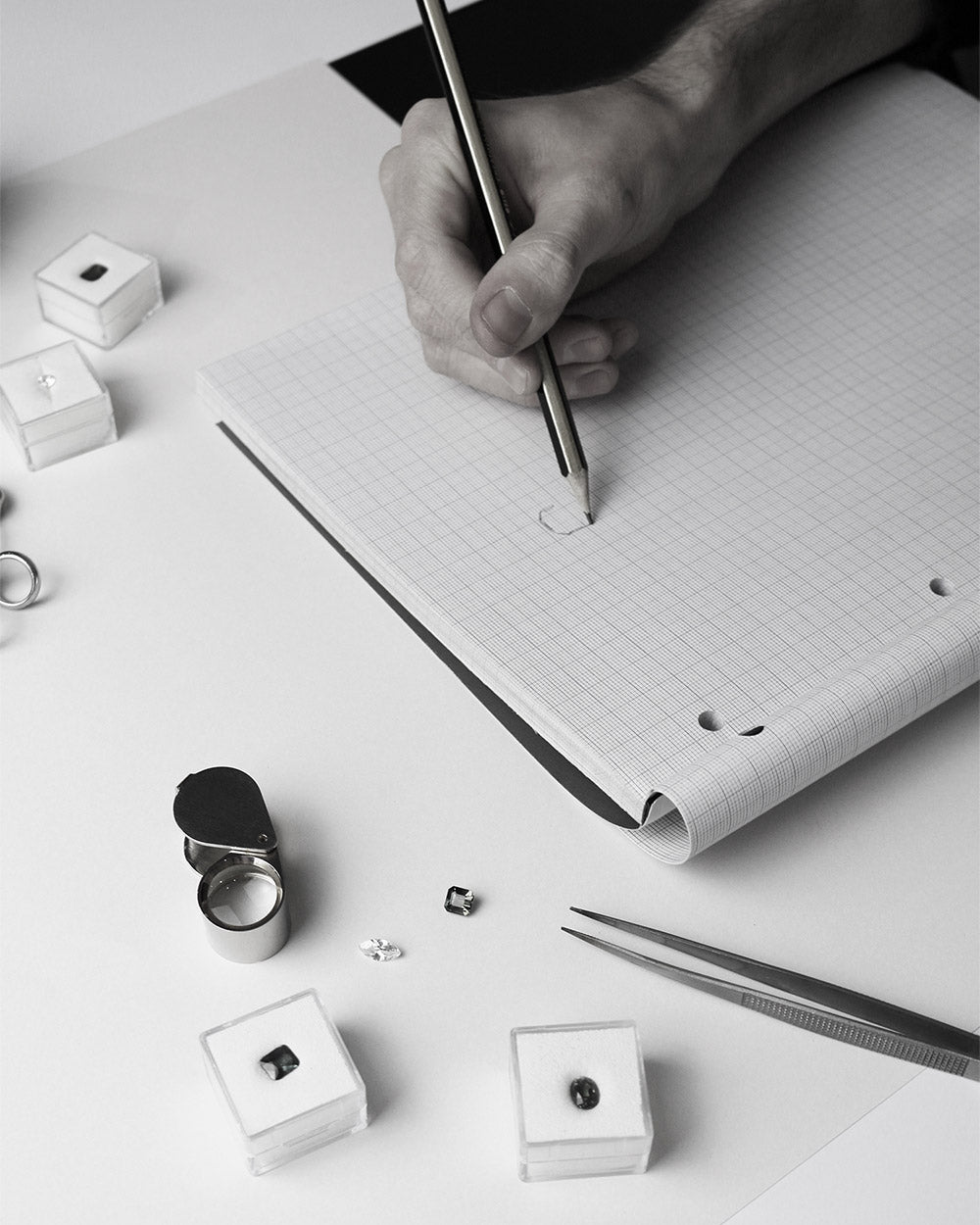
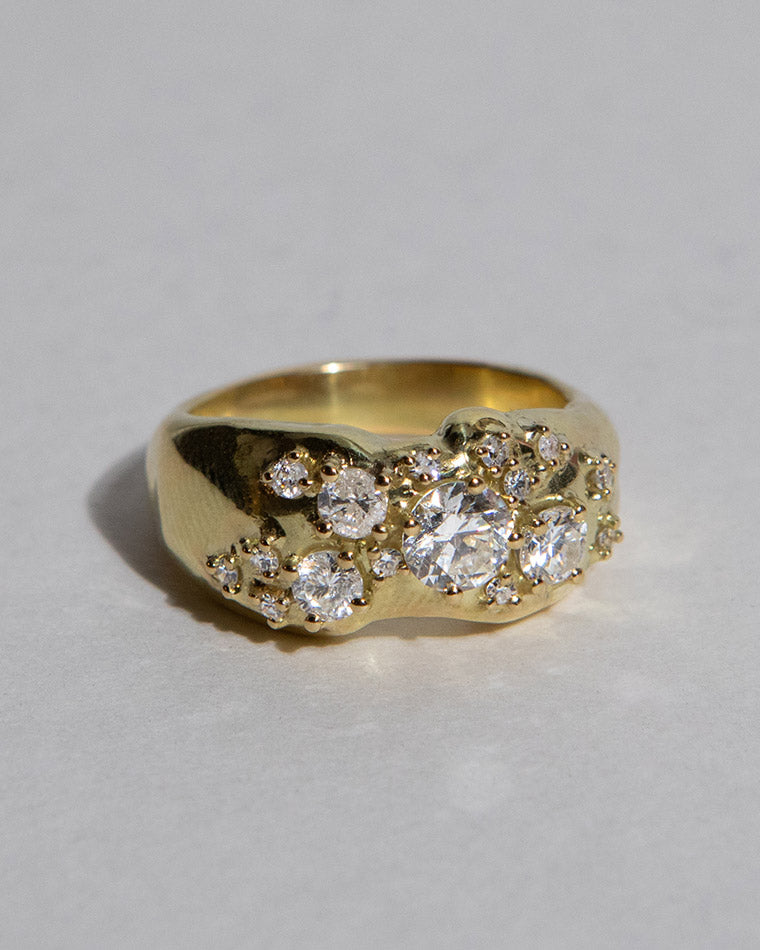

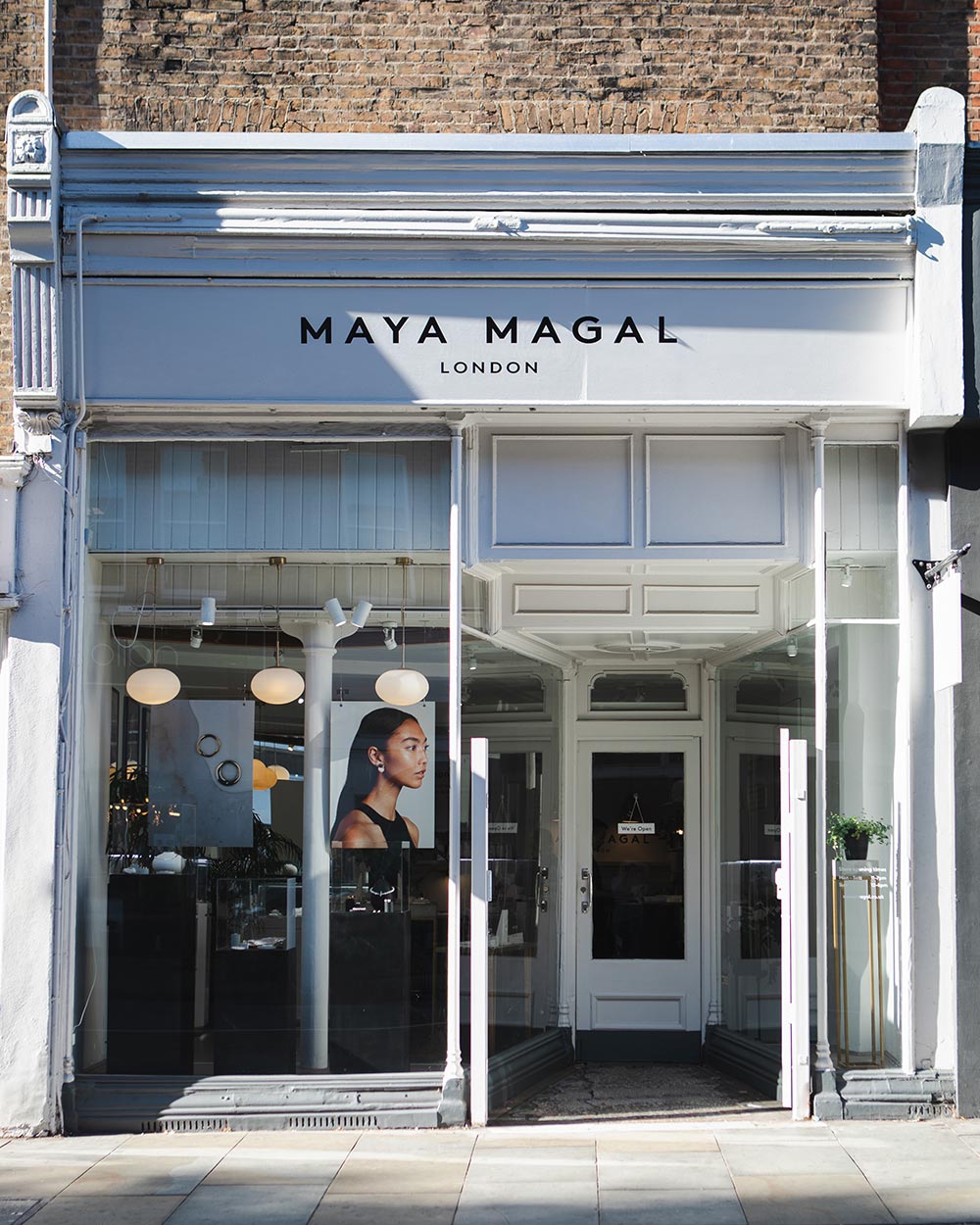

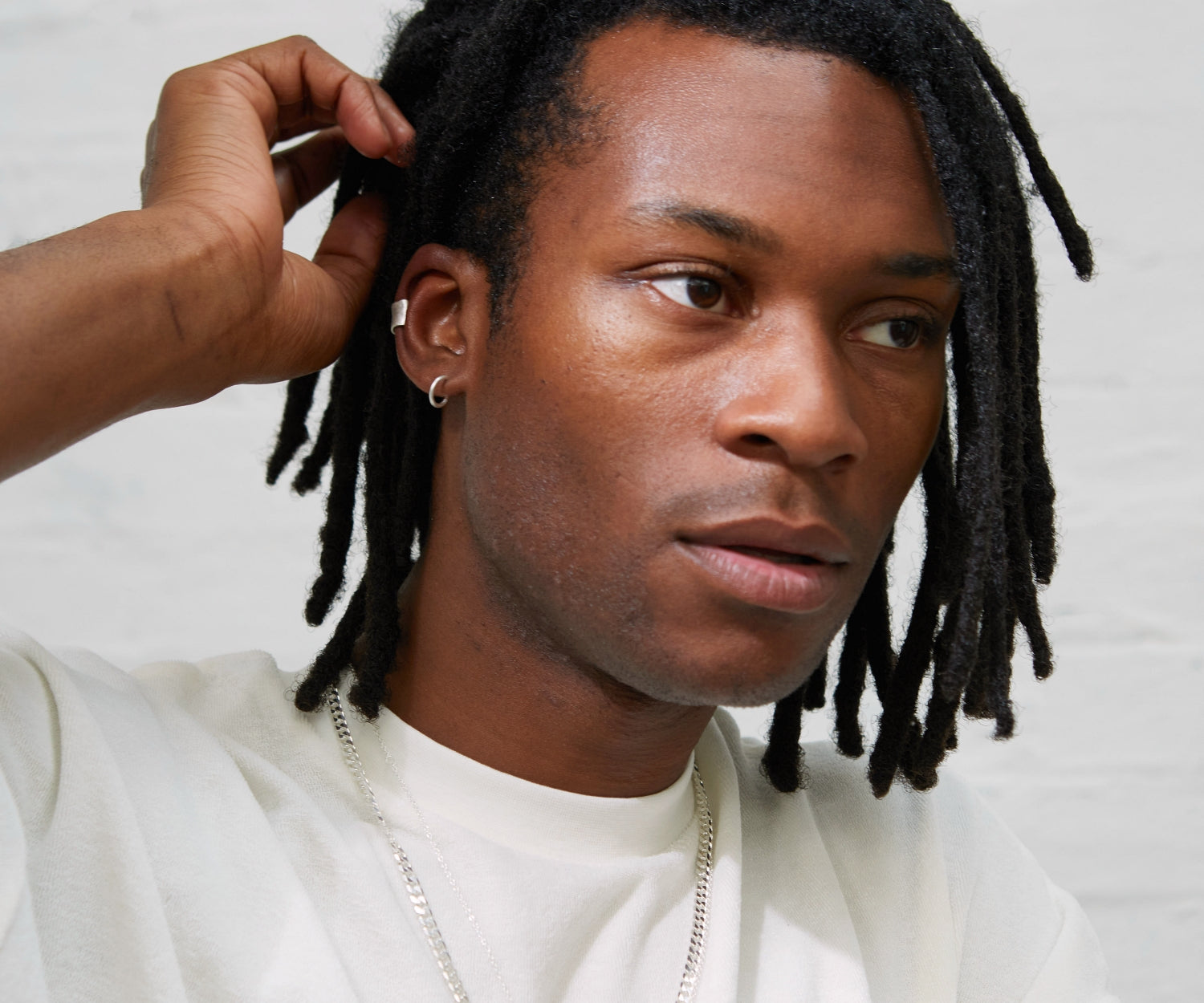
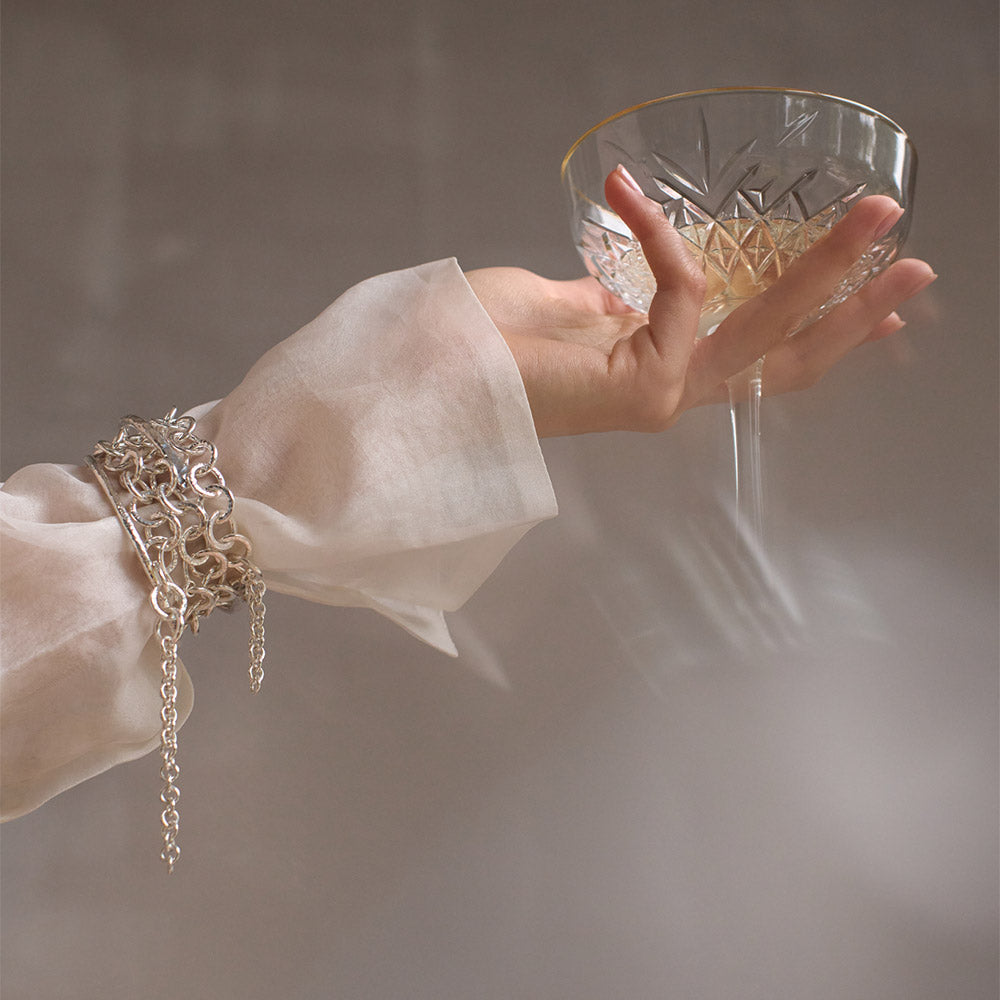
Leave a comment
This site is protected by hCaptcha and the hCaptcha Privacy Policy and Terms of Service apply.